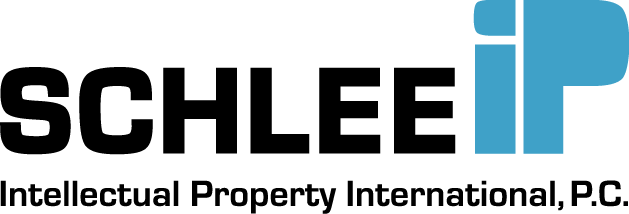PCT and EPO Search Fees; Unity of Invention (Part 1)
Download Article PDF
Part 2 discussing remedies on search limitations
What is a Search in the context of patent prosecution?
Searches are conducted by Patent Offices searching for “prior art” that is relevant for the allowability of a patent application, that is whether a patent application is rejected or whether a patent is granted. “Prior art” is a legal term, meaning that for getting a patent granted, a combination of technical features claimed in a patent claim of a patent application needs to distinguish over the prior art, also called the “novelty” requirement, and needs to be inventive over the prior art, also called “inventive step” requirement, in the United States called “non-obviousness” requirement. There are some variances between patent laws as to what counts as prior art and what doesn’t, but in any case, the patentability requirements of novelty and inventive step are measured against the prior art.
What is a Search Report?
In many jurisdictions, the result of the search is reported in a specific format as a separate search report, correlating the features claimed in the patent claims to the prior art that has been found in the search. Such prior art can have many forms, but the most common type of prior art are documents that were published prior to the filing date of a patent application, or if a priority was validly claimed, prior to the priority date of the patent application. The most commonly cited documents are patent application publications or scientific articles published prior to the filing or priority date, but also other prior art documents are sometimes cited as prior art, such as brochures, Youtube video clips or text books. The search report typically lists the relevant text passages of these prior art documents and lists for which particular claims these text passages may be relevant.
What are the Unity of Invention and other limitations of a Search?
It is apparent that searching for and correlating prior art to specific combinations of technical features as claimed in patent claims requires tedious work by an Examiner. Although search fees need to be paid by the Applicant of a patent application, this work is typically subsidized by Patent Offices by other fee income such as for example renewal fees. Understandably, Patent Offices need to limit the search to one invention per search fee. This limitation is typically known as the Unity of Invention requirement. Although slightly different, U.S. patent law provides for a similar requirement named “Restriction Requirement”. On top of the Unity of Invention requirement, Patent Offices may apply additional search limitations, such as the “Conciseness Requirement” essentially limiting the search to one independent claim per claim category apparatus or method and their dependent claims; may raise indefiniteness rejections, for instance excluding multiple dependent claims from the search or claims that are not clear; or may exclude inventions in certain International Patent Classification classes (IPC classes) from the search, such as patent applications claiming business methods. There are relatively significant variances as to what combinations of technical features as defined in patent claims a respective Patent Office agrees to search or refuses to search.
What is the procedural consequence of a limited search?
In a nutshell, what hasn’t been searched cannot be examined, and what cannot be examined will not be granted as a patent. This leads to the question, when encountering search limitations, what are the available remedies to get all subject matter searched for which a granted patent is sought? Part 2 on Search Fees in the PCT phase and before the EPO will discuss various options for remedies that may fix search limitations.

 English
English Deutsch
Deutsch